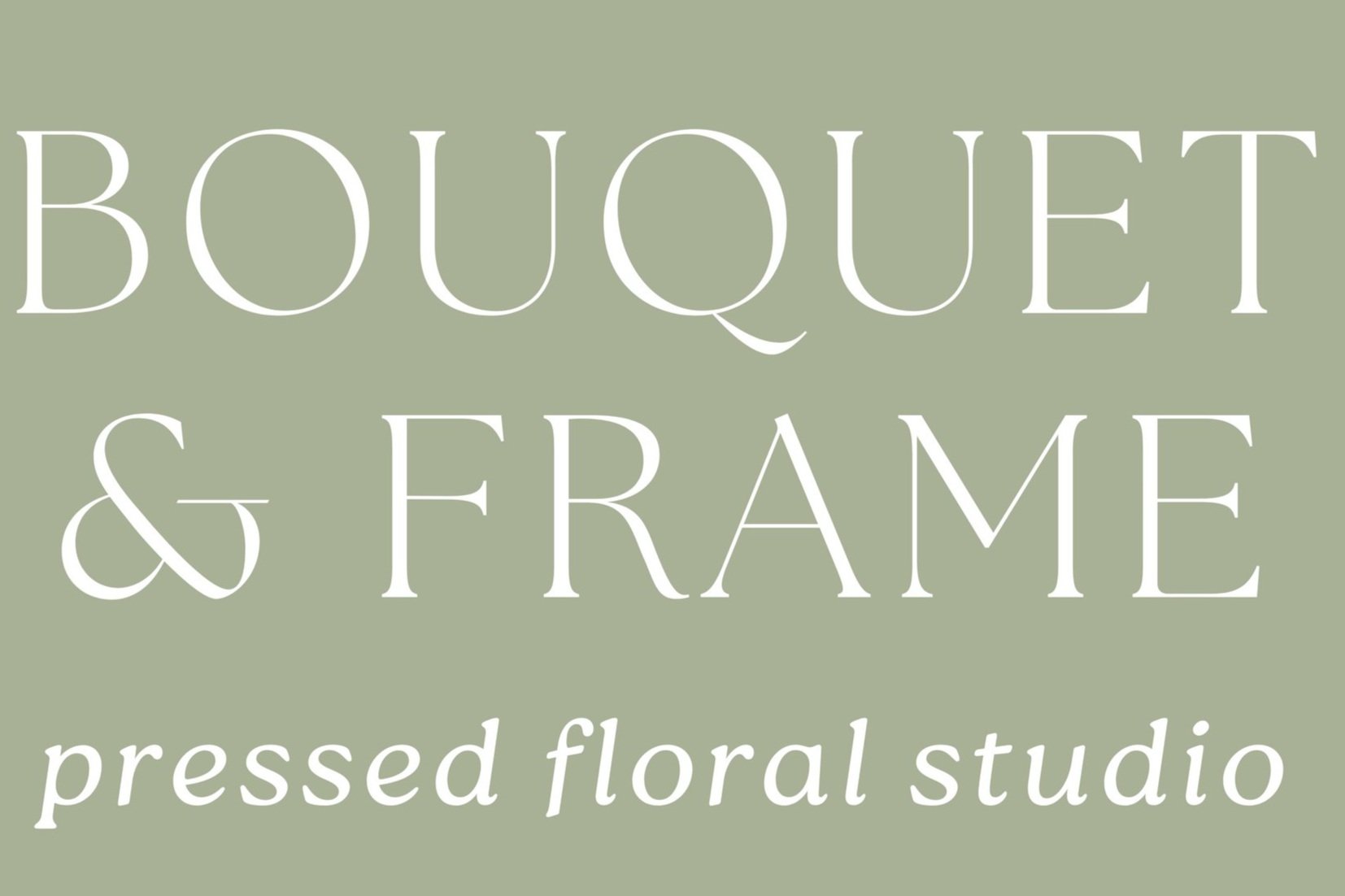Floral Preservation Vocabulary
Floral preservation can be an intimidating art form. Here is a comprehensive list of definitions to help you gain more
confidence in asking for what you want, or maybe even trying to take on your own floral preservation project!
Desiccant: A substance, such as silica gel or borax, used to absorb moisture from flowers during the preservation process.
Freeze-Drying: A preservation technique that involves freezing flowers and removing moisture through sublimation in a vacuum chamber.
Sublimation: The transition of a substance directly from a solid to a gas phase, bypassing the liquid phase, as seen in freeze-drying.
Vacuum Chamber: A sealed container used in freeze-drying to create a low-pressure environment, facilitating sublimation.
Air Drying: A preservation method that involves hanging flowers upside down in a warm, dry place to remove moisture through evaporation.
Silica Gel: A desiccant composed of silicon dioxide used for drying flowers quickly and effectively.
Microwaving Drying: A preservation technique that uses microwave radiation to accelerate the drying process of flowers.
Pressing: A preservation method that involves flattening flowers between absorbent materials to remove moisture and preserve their form.
Osmosis: The movement of water molecules from an area of higher concentration to an area of lower concentration, as seen in pressing flowers.
Capillary Action: The movement of water within porous materials, facilitated by the forces of cohesion and adhesion, aiding in the drying process during pressing.
Resin Encapsulation: A preservation technique that involves encasing flowers in transparent resin to create durable and decorative keepsakes.
Epoxy Resin: A type of resin consisting of a resin and a hardener that undergo a chemical reaction to form a solid, transparent matrix, used in resin encapsulation.
Polymerization: The chemical reaction in which small molecules (monomers) combine to form large molecules (polymers), as seen in the curing of epoxy resin.
Mold: A container or form used to shape resin during the encapsulation process.
Preservation Aesthetics: The visual appearance and texture of preserved flowers, influenced by the preservation method used.
Color Retention: The ability of preserved flowers to maintain their natural color over time.
Structural Integrity: The maintenance of the original shape and form of preserved flowers throughout the preservation process.
Fragrance Retention: The ability of preserved flowers to retain their natural fragrance or aroma.
Environmental Factors: Conditions such as temperature, humidity, and light exposure that can affect the preservation of flowers.
Preservation Challenges: Common issues encountered during floral preservation, such as mold growth, color loss, and structural damage.
Preservation Methods: Various techniques used to prolong the lifespan of flowers and maintain their aesthetic appeal.
Preservation Agent: Any substance or material used in the preservation process, such as desiccants, resins, or chemicals.
Natural Drying: Allowing flowers to dry naturally over time without the use of artificial methods or equipment.
Dehydration: The process of removing water or moisture from flowers to prevent decay and deterioration.
Ethanol Preservation: Preserving flowers by immersing them in ethanol (alcohol) to dehydrate and disinfect the plant tissues.
Glycol Preservation: Preserving flowers by immersing them in a solution of propylene glycol to replace water and inhibit microbial growth.
Vacuum Sealing: Removing air and moisture from a container or bag containing flowers to create a vacuum environment, aiding in preservation.
Antifungal Treatment: Applying fungicides or antifungal agents to flowers to prevent mold or fungal growth during preservation.
Anti-browning Agents: Substances used to inhibit enzymatic browning and discoloration of flowers during preservation, such as citric acid or ascorbic acid.
UV Protection: Measures taken to protect preserved flowers from exposure to ultraviolet (UV) light, which can cause fading and deterioration.
pH Balance: Maintaining the acidity or alkalinity of preservation solutions within an optimal range to prevent damage to flowers.
Rehydration: Restoring moisture to dried or dehydrated flowers to revive their appearance and texture.
Conditioning: Preparing flowers for preservation by removing excess foliage, trimming stems, and treating for pests or diseases.
Hydration Bath: Soaking dried flowers in water or a hydrating solution to rehydrate and soften them before further processing.
Humidity Control: Regulating the moisture content in the air or environment to prevent excessive drying or rehydration of flowers.
Preservation Time: The duration for which flowers are preserved using a specific preservation method before exhibiting signs of deterioration.
Biological Decay: The natural process of decomposition that occurs in organic materials over time, including flowers and plant tissues.
Preservation Container: A vessel or container used to hold flowers during the preservation process, such as jars, boxes, or vacuum chambers.
Desiccation Rate: The speed at which moisture is removed from flowers during drying or dehydration, influenced by factors such as temperature, humidity, and airflow.
Surface Treatment: Applying coatings or sealants to preserved flowers to enhance their appearance, texture, or longevity.
